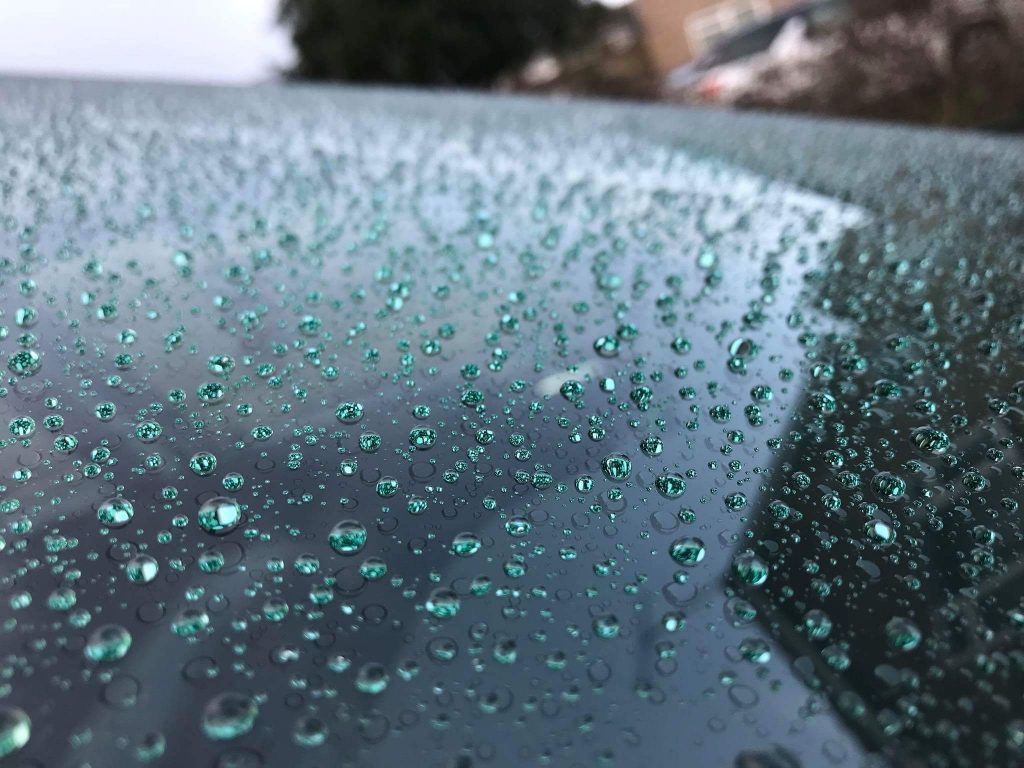

Coatings provide critical asset protection in the most demanding work environments. The need to understand performance characteristics is essential when advanced coating materials applied to everything from consumer products to medical and industrial electronics are applied more than ever.

Hydrophobic and Super Hydrophobic coating is a nanoscopic surface layer that repels water. Droplets striking such a coating can fully backfire in the form of columns or pancakes. In industry, super-hydrophobic coatings are used in ultra dry surface applications. The coating causes an almost imperceptibly thin layer of air to form on a surface.
Super hydrophobic coatings are also found in nature; They appear on plant leaves, such as the lotus leaf and some insect wings. Hydrophobic coatings, such as the NeverWet product, can be sprayed onto objects to make them waterproof. Spray prevents anti-corrosive and icing; has cleaning feature; and can be used to protect circuits and networks.
EUROLAB is a recognized industry leader in coating tests, including Hydrophobic and Super Hydrophobic coating inspection and consulting services. Our experts conduct a comprehensive range of environmental simulations to provide accurate and reliable data on the ability of coatings to protect against corrosion, ultraviolet light, water penetration, heat, wear and chemicals. EUROLAB enables testing of coatings in various technical applications. Our technical capabilities provide customer support at all stages of coating life, from product pre-qualification testing and implementation to on-site inspection of the current status of existing materials and protection systems.
Test methods include the detection of the presence of hydrophobic (non-wet) films on the surfaces and the presence of hydrophobic organic substances in the processing environments. When properly executed, the test will enable the detection of fractional molecular layers of hydrophobic organic pollutants. The sensitivity of the test can be significantly reduced on very rough or porous surfaces.
To get an appointment, to get more detailed information or to request an evaluation, you can ask us to fill in our form and reach you.